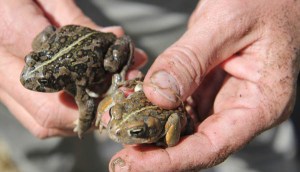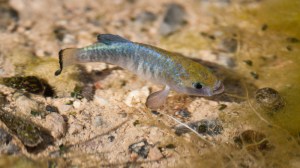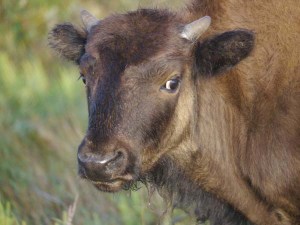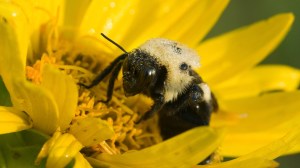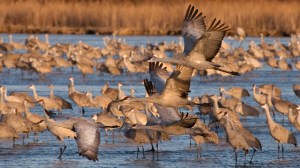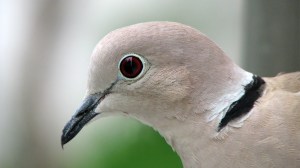Director of Science Communications
Page 52
-
Protecting the Amargosa: From Suspicion to Support for a Desert River
Anti-environmental sentiments in rural Nevada have been in the news a lot lately. Here's a different narrative. In the Mojave Desert of remote Nevada and California, conservationists are part of the community and working to overcome suspicion to protect a vibrant river.
Matthew L. Miller
-
Pupfish: Conserving a Mojave Desert Survivor
Sure, desert pupfish are tough. Hot water temperatures? They thrive in it. Creeks saltier than the ocean? No problem. But now pupfish face a bigger challenge -- people and their need for lots of water.
Matthew L. Miller
-
Spring’s Top 10 Wildlife Spectacles
Looking for a great wildlife road trip, or just a reason to explore the neighborhood park? Our blogger offers top 10 wildlife experiences for spring, from baby bison to mayfly madness.
Matthew L. Miller
-
Plight of the Bumble Bee: Conserving Imperiled Native Pollinators
You've probably heard about the loss of honey bees. But did you know native bumble bees face even more alarming declines? These vital pollinators are disappearing due to pesticides and habitat loss. You can make a difference -- right in your backyard.
Matthew L. Miller
-
Platte River Sandhill Cranes: Enjoying North America’s Greatest Bird Spectacle
Each year, more than 500,000 cranes congregate along 70 miles of Nebraska's Platte River. Want to see one of the world's great wildlife spectacles? Our blogger takes you to the heart of the action.
Matthew L. Miller
-
Eurasian Collared Dove: Have You Seen This Bird?
Thirty years ago, non-native Eurasian collared doves were starting to show up in South Florida. Today, this species is being documented across North America. How citizen scientists help document the spread of a non-native species.
Matthew L. Miller
-
Babirusa: Conserving the Bizarre Pig of the Sulawesi Forest
The babirusa may be one of the coolest and most bizarre animals around. But even those formidable tusks can't protect it from poaching and deforestation.
Matthew L. Miller
-
Zumwalt Prairie: Mountain Lions, Mountain Quail & More
Camera Trap Chronicles heads to northeastern Oregon's Zumwalt Prairie Preserve for a "backstage pass" to the lives of big predators, cool birds, roaming herds and more.
Matthew L. Miller
